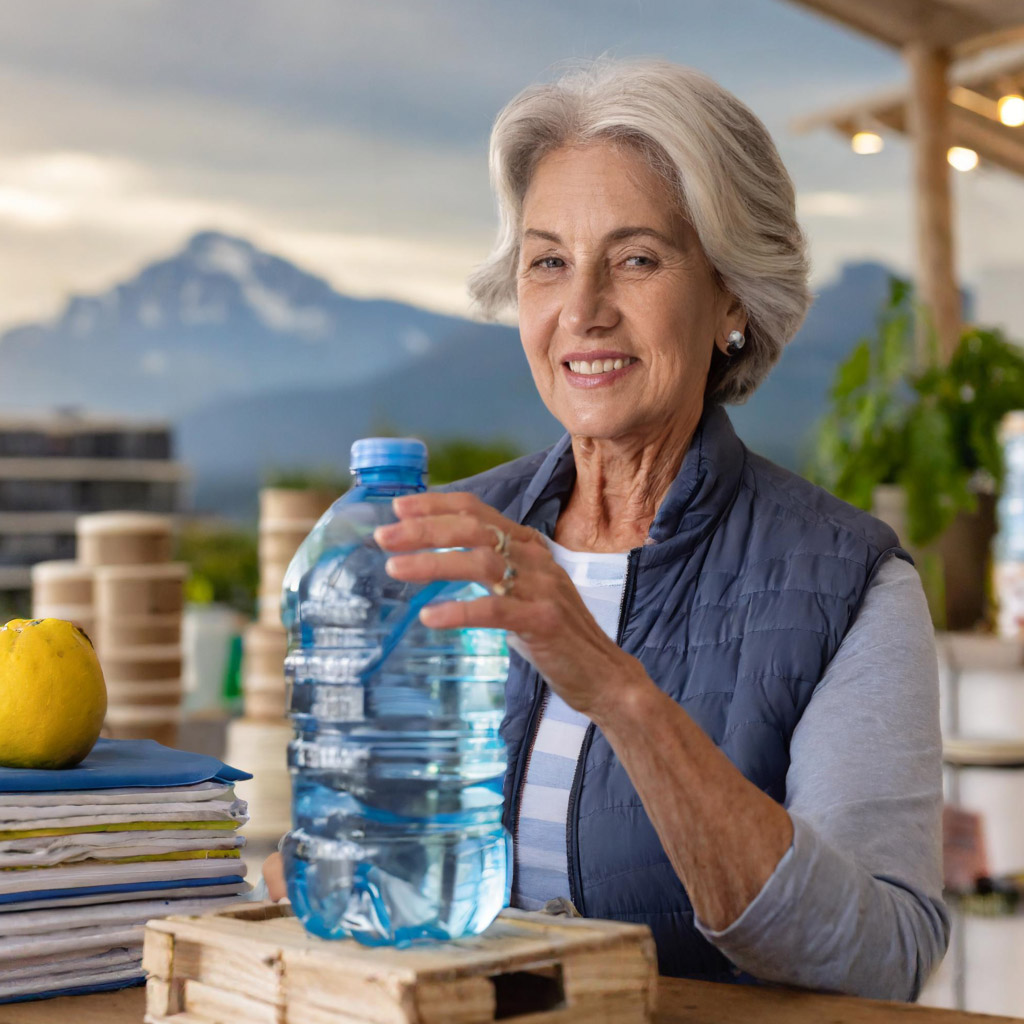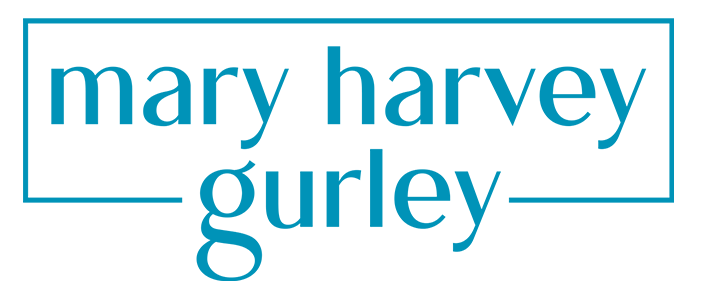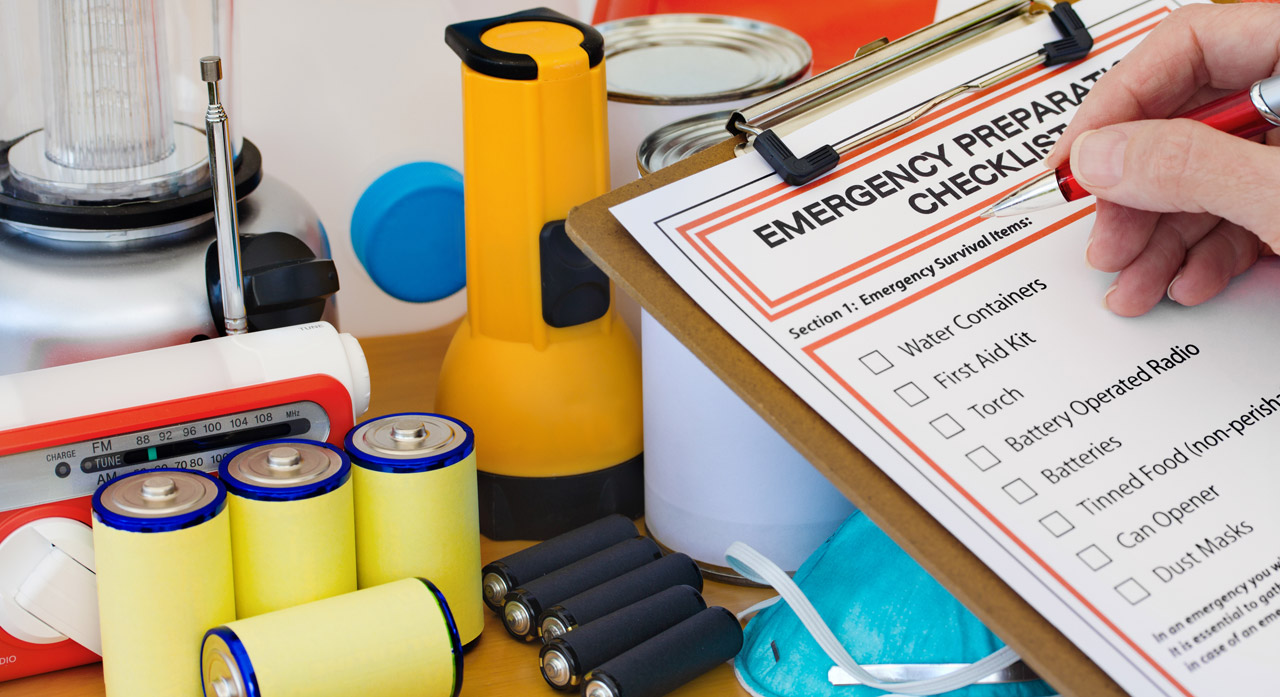The Preppy Prepper: A Ladies Guide to Emergency Preparedness
I will admit I am a prepper.
Not a rabid one with years of supplies hidden in some bunker in the country. I am, however, committed to being able to take of myself and a couple of friends for a few days.
I came by my prepper skills naturally. I inherited them from my mother.
My first exposure to prepping was during the Cuban Missile Crisis. While I was only about four years old, my mother calmly stockpiled essentials. My most significant memory was the aluminum tins filled with water. We had a storage house on the back of the property, and my parents had it ready in case of a crisis.
I remember asking her why she was doing this. Her response was simple yet profound: “I must care for my family.”
These actions didn’t just shape my childhood; they sculpted my approach to preparing for anything that might happen.
As older women, especially those living alone, it’s essential to be well-prepared for emergencies.
Living in the New Madrid fault region, we know a significant earthquake is always possible. In 1990, there was a prediction that there would be an earthquake on December 2. There was some concern and some panic.
As a communication specialist for an airline, I was tasked with creating an earthquake/disaster preparedness guide. After some research and extensive writing time, I developed a great guide. And the company’s legal department nixed it because it could have made the corporation liable for damages.
I offered the guide to the local American Red Cross, which is widely used in our area.
I was on our corporation’s crisis response team. We responded to disasters across the globe, and I saw close-ups of how helpful it was to have some basic supplies available in case of a disaster.
Friends and family have always laughed at my prepping…until the past few years. We have experienced several water crises in the Memphis area. One was caused by a significant freeze that took down the water supply. The entire area was under a boil water alert for days. And it was the week of Christmas. I live in a community with our water supply. I called my family and offered them my backup water and a place to cook and shower. They all now stockpile some extra in case of emergency.

Last year, diesel got into my community’s water supply, and we could not use the water for more than a week. Once again, my extra water helped friends get by. It highlighted the significance of having a stockpile and the willingness to share it. The ability to provide friends and family with water for several days reinforced the notion that preparedness is as much about community support as it is about personal survival.
Another friend went without power for two weeks during a horrible ice storm. She had a small Jackery solar charger and could charge her small electronics. I loaned her my emergency kit so she could cook and, of course, some water.
These are examples of short-term emergencies that were not life-threatening but annoying. But I had water and a few supplies to share.
The 2023 Netflix movie Leave the World Behind opened many people’s eyes to a potential disaster and the need to be prepared. If you haven’t watched it, take some time to watch it. Julie Roberts is excellent, and former President Barack Obama produced it.
Could you take care of yourself for seven days following a disaster? You can go without food for an extended period, but you can only go without water for three days. Could you make it without help? I don’t encourage friends to go insane and damage their manicures, but having a few things to take care of yourself for at least seven days is wise.
I’m the president of my HOA, and many of our residents are older women who have been widowed. They frequently call board members over the most minor issues. I repeatedly hear, “My husband took care of things; I don’t know how to, and I don’t want to.” I frequently tell them I understand, I’ve been widowed for years, and we have to be able to take care of ourselves, whether we want to or not.
Depending on the disaster, your children may be unable to get to you, and emergency assistance from the government could be days away.
We must be able to take care of ourselves.
Prepping is pretty straightforward. I want this blog to guide you to pull together a few things you must always have on hand.
Creating a disaster plan tailored to your needs is critical for older women. This includes identifying potential hazards, creating a comprehensive action plan, stocking an emergency kit with essentials and comfort items, staying informed through local news and emergency apps, and building a support network for shared plans and check-in procedures.
Prepare Beyond Fear: We need to view our preparedness as another example of radiating strength, affirming our resilience and independence. It’s about thriving despite challenges and inspiring others through our readiness.
25 Essential Emergency Preparedness Steps for Mature Women
- Create an Emergency Plan: Understand local risks and decide on safe meeting points for the family.
- Stay Alert: Sign up for local emergency notifications and weather updates.
- Assemble an Emergency Kit: Include water, non-perishable food, flashlights, batteries, and first aid supplies.
- Pet Preparedness: Keep extra supplies and a plan for your pets.
- Safety Proof Your Home: Install smoke detectors and secure heavy furniture to prevent tipping.
- Mobility Readiness: Ensure canes, walkers, or wheelchairs are easily accessible.
- Medication Management: Have a list of medications and a supply for at least two weeks. Keep essential documents in a waterproof container.
- Financial Readiness: Keep cash on hand in small denominations, aiming for a reserve of around $500 if feasible.
- Transportation Plan: Identify a reliable means of evacuation if you don’t drive.
- Communication Plan: Keep phones, chargers, and backup batteries ready.
- Healthcare Arrangements: Plan for any particular health needs in an emergency.
- Stay Active: Regular exercise to maintain the strength needed in emergencies.
- Home Safety Checks: Regularly inspect your home for potential hazards.
- Learn Fire Safety: Know how to use a fire extinguisher and practice fire escape plans.
- Cultivate a Support Network: Build a community of neighbors, friends, and family who can offer assistance.
- Know Your Area: Familiarize yourself with local evacuation routes and emergency shelters.
- Seek Out Resources: Discover local emergency training and resources.
- Practice Makes Perfect: Run through preparedness drills with your support network.
- Emergency Contacts: Have a list of essential contacts, including local emergency services.
- Stress Management: Develop and practice stress-reduction techniques suitable for you.
- Review and Refresh: Regularly update your emergency plan and check the expiry dates in your kit.
- Accessibility of Supplies: Ensure you can easily access and use all your emergency supplies.
- Empowerment through Preparedness: Recognize the role of preparedness in fostering independence and resilience.
- Community Engagement: Participate in local preparedness activities to strengthen community ties.
- Ongoing Process: Treat preparedness as a continual effort, keeping information and supplies current.

Are you interested in a more detailed guide for emergency preparedness?
Be ready for any emergency with our essential checklist. Sign up for our newsletter and stay prepared for life’s unexpected moments.

